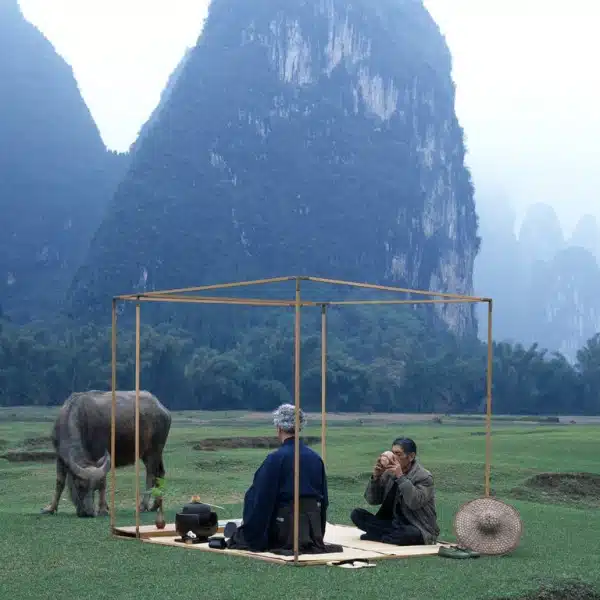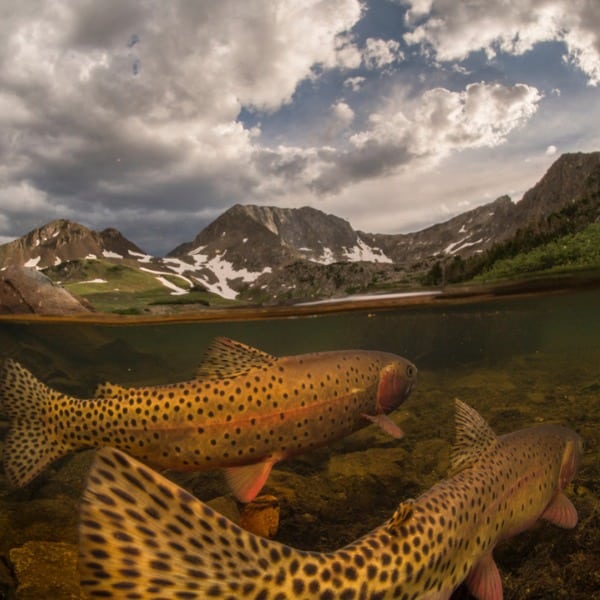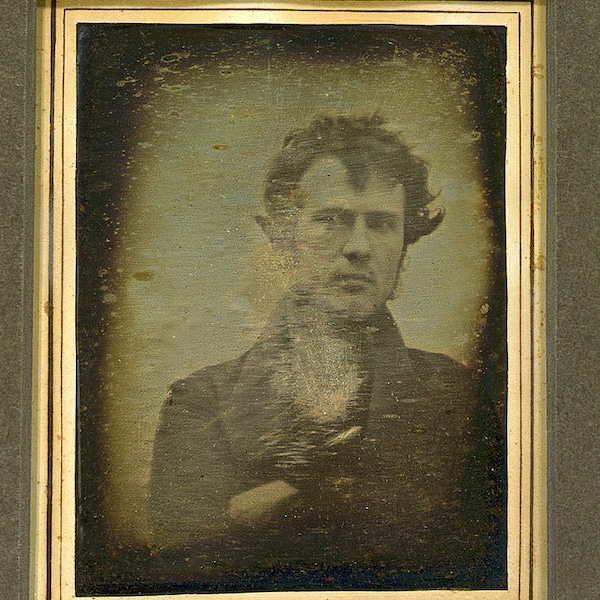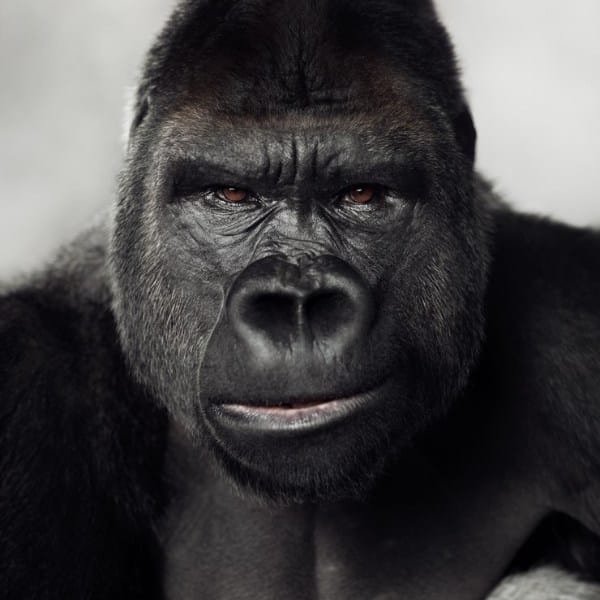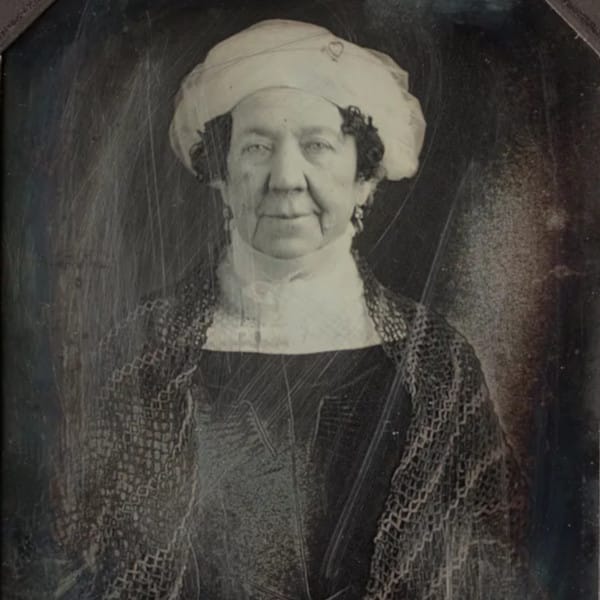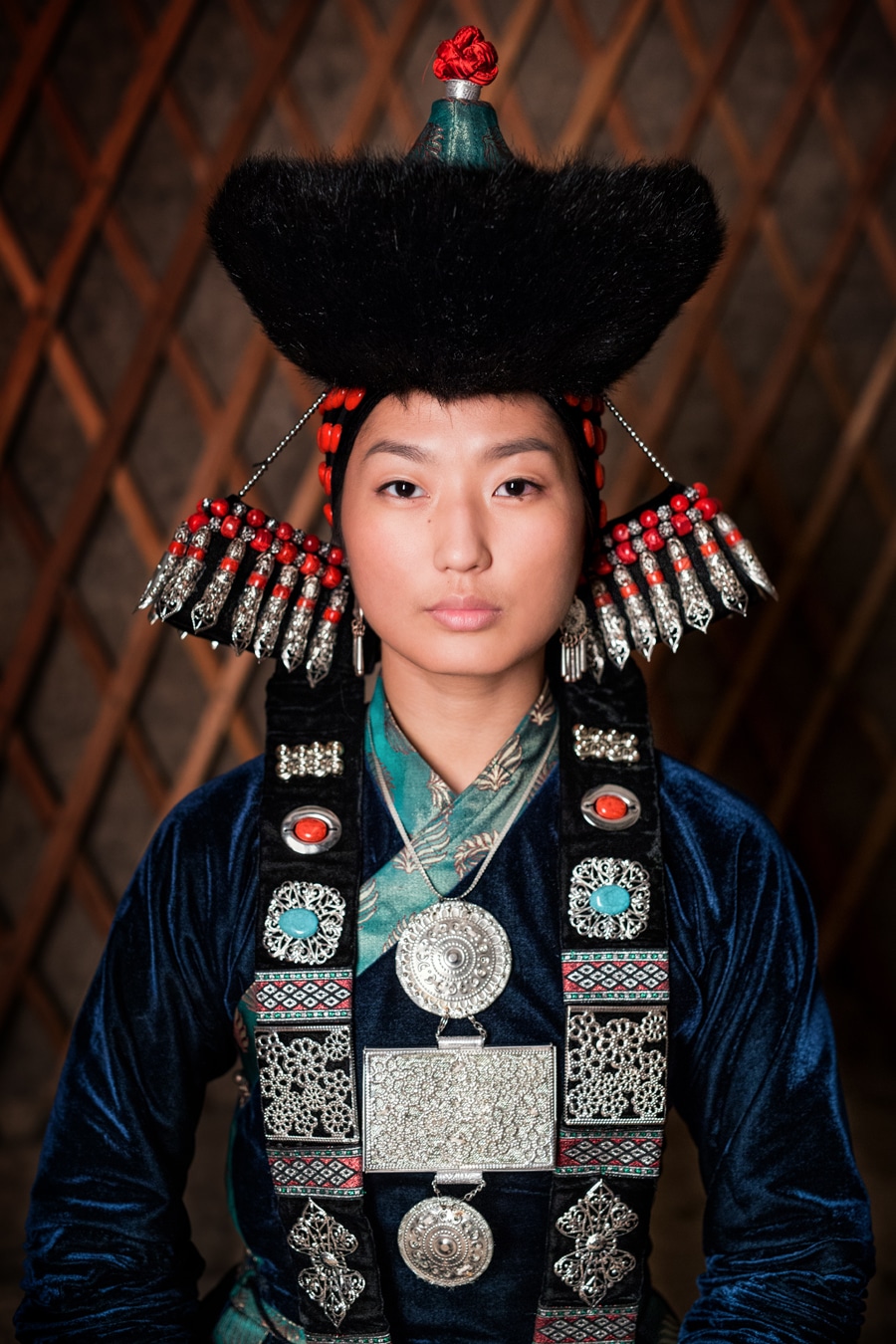
Buryat young woman. © Alexander Khimushin / The World In Faces
When we last checked in with Alexander Khimushin, he had just spent 6 months capturing portraits of Siberia's indigenous people. It's now been over a year, and after almost 25,000 miles behind the wheel of an SUV, Khimushin is back with previously unpublished photographs from his time in Siberia. It's all part of his The World in Faces project, which has seen the photographer traveling continuously since 2014 to immortalize the native cultures and traditions that make up the tapestry of our world.
The viral project has been published around the globe, from India to Israel, its popularity a testament to Khimushin's skill at capturing the spirit of each culture within the model he photographs. Most recently, he was approached to partner with United Nations Human Rights, which used some of his images to celebrate the 70th anniversary of the Universal Declaration of Human Rights. It's an incredibly fitting reward for the photographer's hard work. Without corporate or government sponsorship, Khimushin's journey is a highly personal one aimed at reminding the world at large about these special communities we can't afford to lose.
In between trips, we were able to speak with Khimushin, who grew up in the Yakutia, one of Siberia's most remote areas. After voyages to Mongolia and Papua New Guinea, Khimushin is set for even more exciting adventures in 2018. The coming months will see him helicopter to the Arctic with scientists to capture remote indigenous groups before turning back to Siberia, where he aims to photograph even more ethnic minorities before setting out to visit other regions of the world on his mission of love and peace.
Scroll down to read our exclusive interview with this incredible photographer.
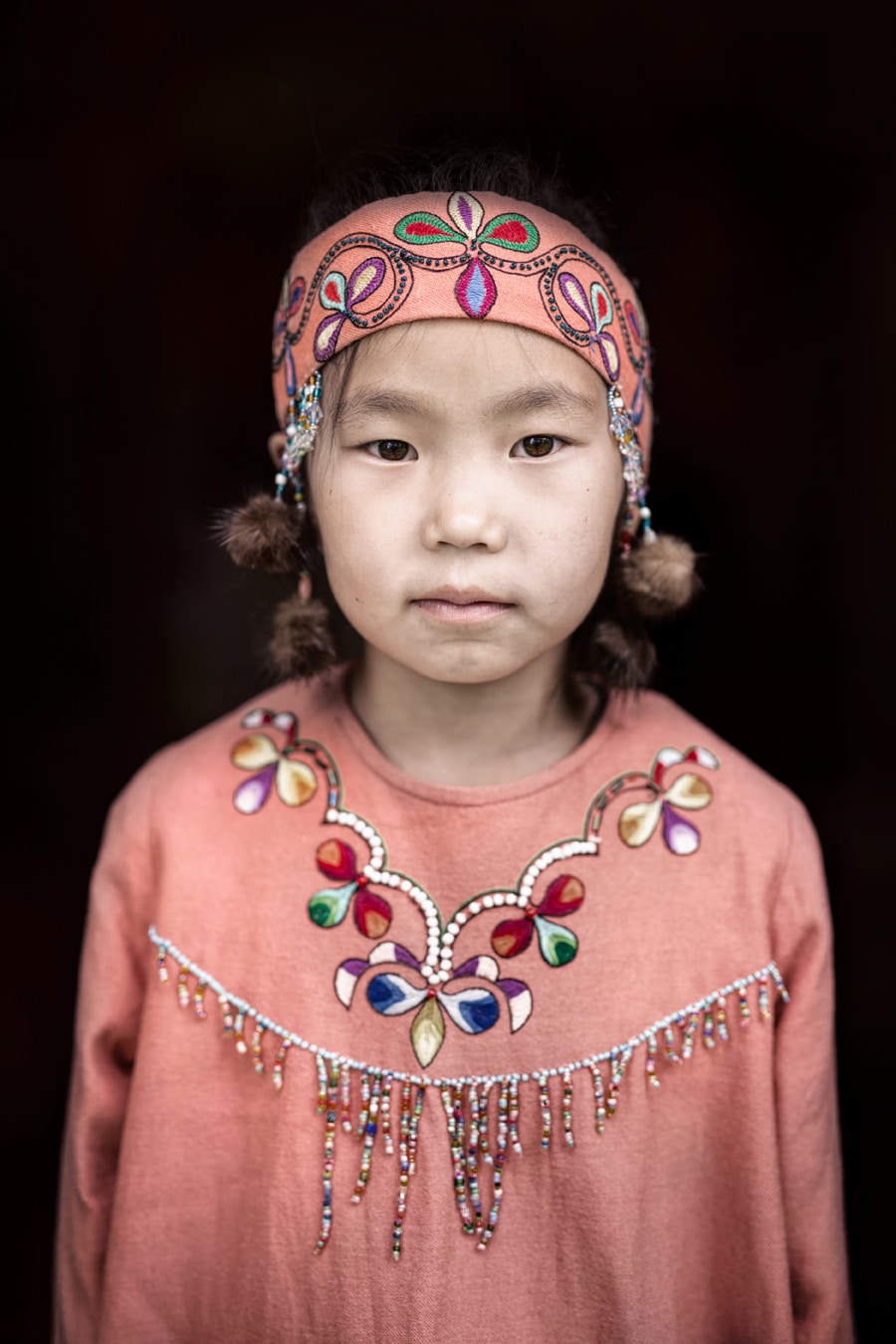
Negidal girl. © Alexander Khimushin / The World In Faces
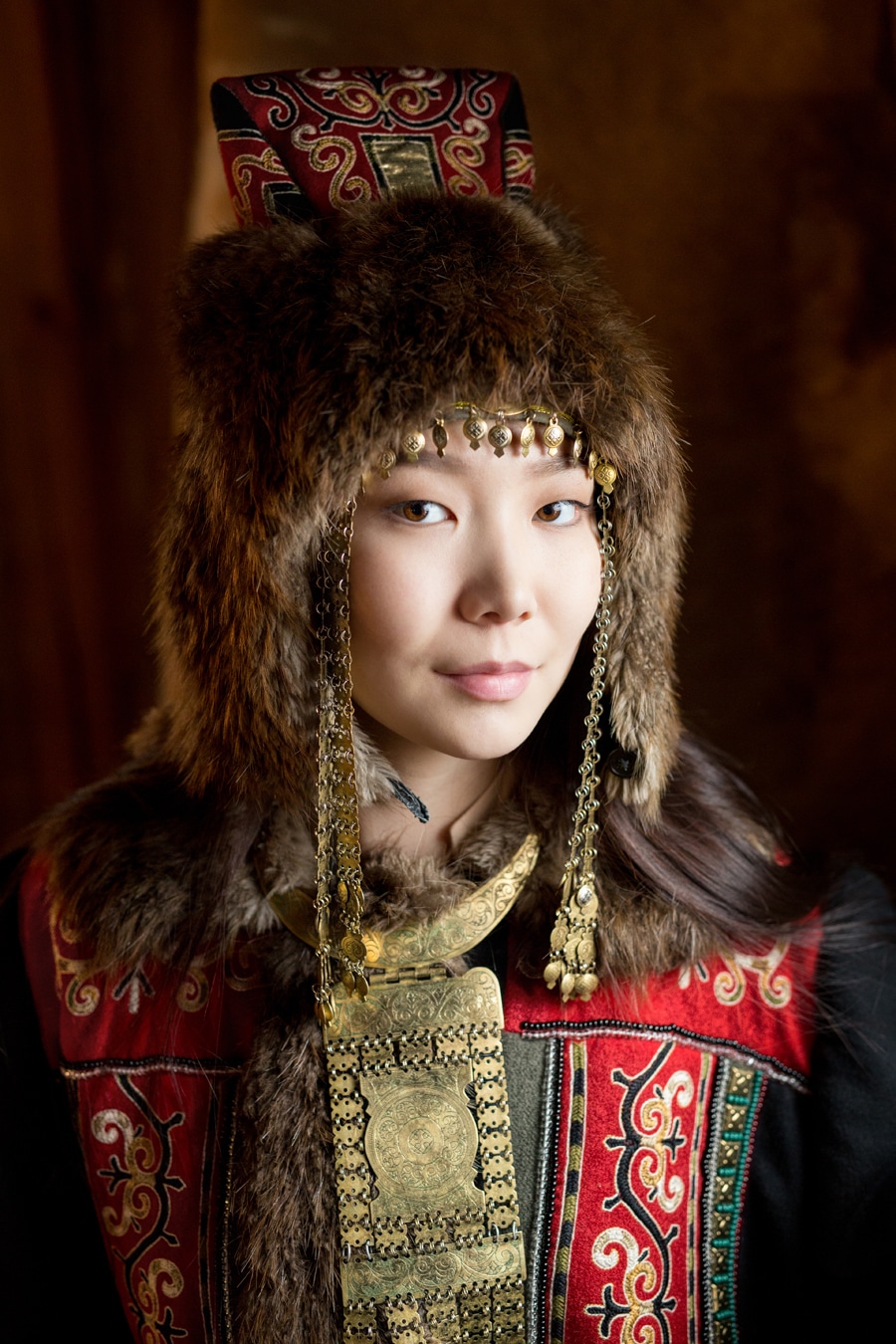
Sakha young woman. © Alexander Khimushin / The World In Faces
What was the most rewarding thing about your time in Siberia?
Meeting people. They are completely different there. It may seem to many that they are laconic and unemotional, but behind this external roughness lies an open and kind heart and a generous soul. These people will never leave someone in danger, this is inherent in them at the genetic level. Life in severe climatic conditions at a great distance from everything in the world is not easy, but apparently, it is what brings up in a person qualities such as true friendship and mutual assistance.
In Russian, there is even an expression that describes these qualities – “a true Siberian character.” These lands have always attracted romantics, but still remain a mystery behind seven seals—there are only a few such places in the world. Only now, when I have traveled half of Siberia, can I understand how huge this territory is with absolutely different climate and nature zones (Siberia is more than the whole territory of the USA by 30%), how many amazingly different indigenous ethnic groups are living on this land and how unique is the chance I've been given to observe and learn it all by myself and tell the world about these people.
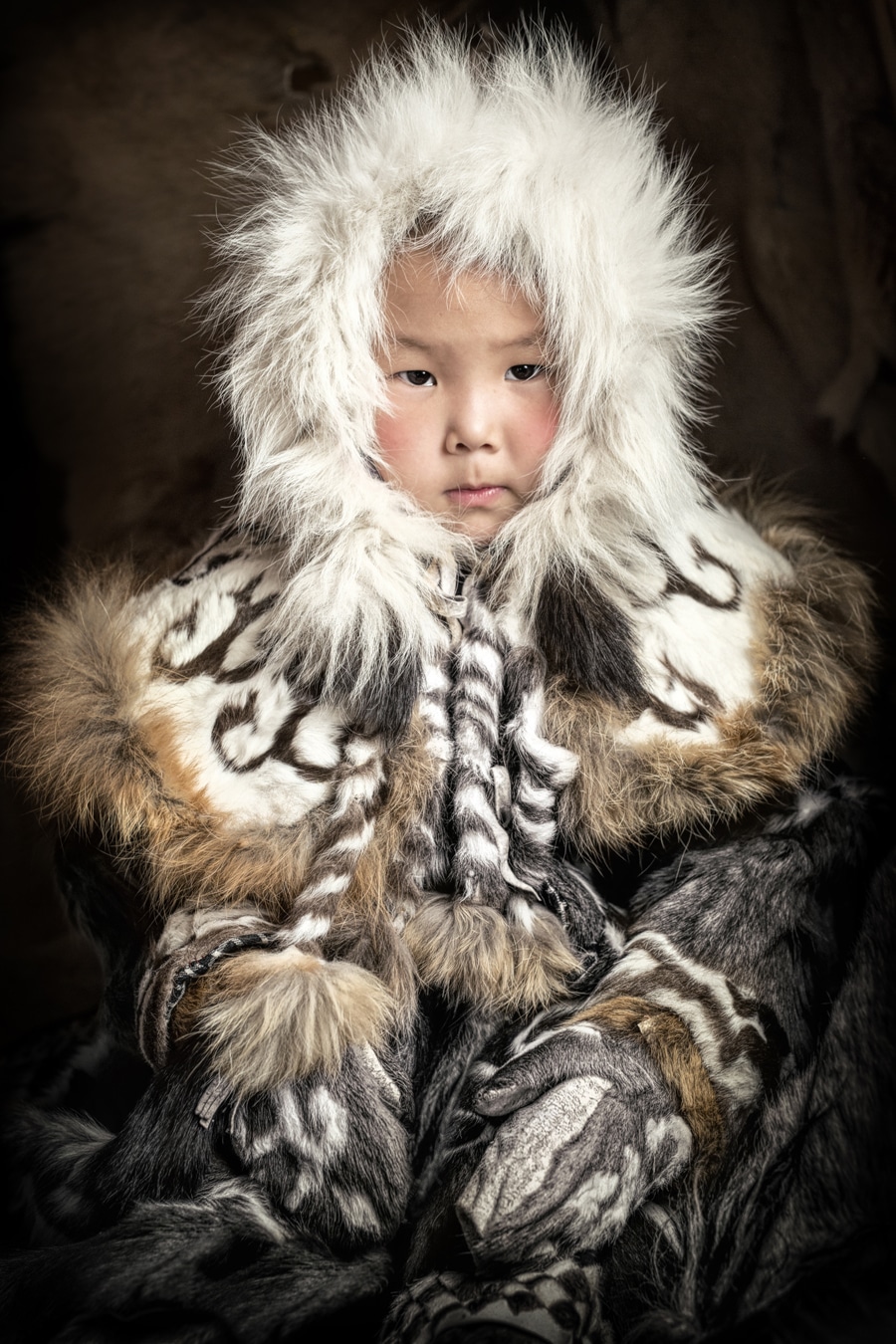
Even little girl. © Alexander Khimushin / The World In Faces
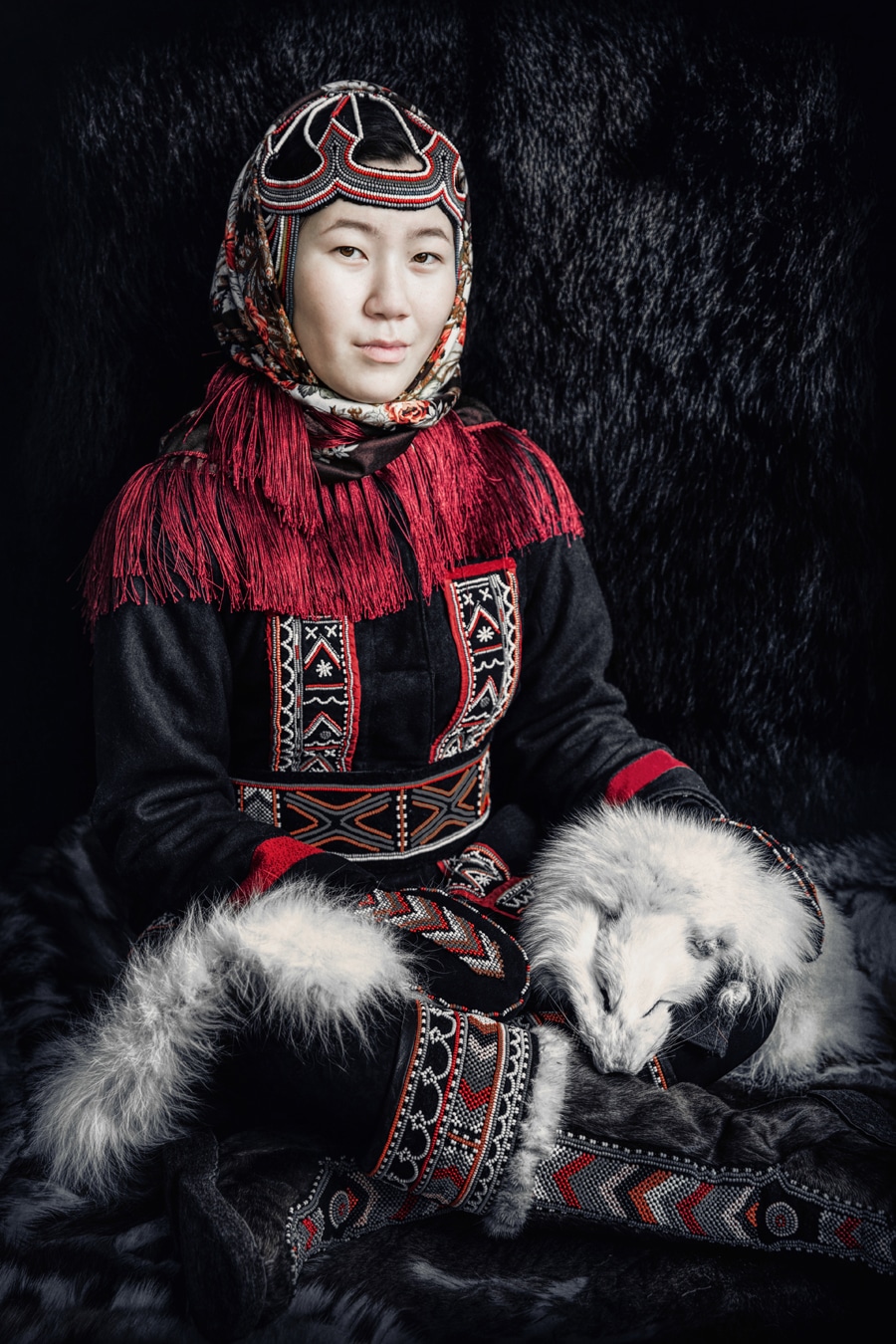
Dolgan young woman. © Alexander Khimushin / The World In Faces
You’ve been doing The World in Faces for some time now and have traveled all over the world. How has the series changed since you began?
My travel transformed me as a person enormously over the years on the road, and the project itself has definitely evolved, since I started it, too. The first portraits taken years ago were just photos of the people I randomly met somewhere. They were street photos basically taken as a part of my journey.
Now, my journey is all about the people—the one and only reason for traveling. I am definitely going more in-depth. Some time ago I decided not just to photograph people, but also tell their stories; there are so many people with amazing stories that are very different from those of people living in the modern world. However, to do it all is much much more challenging, I have to stay longer, find the ways to speak the local language, find not only people who wear traditional clothing but interesting personalities to talk to. And you wouldn't expect people to tell you an interesting personal story right away. I must be very patient, spending hours having tea, talking. It's only possible if I show genuine interest and people feel the same about me.
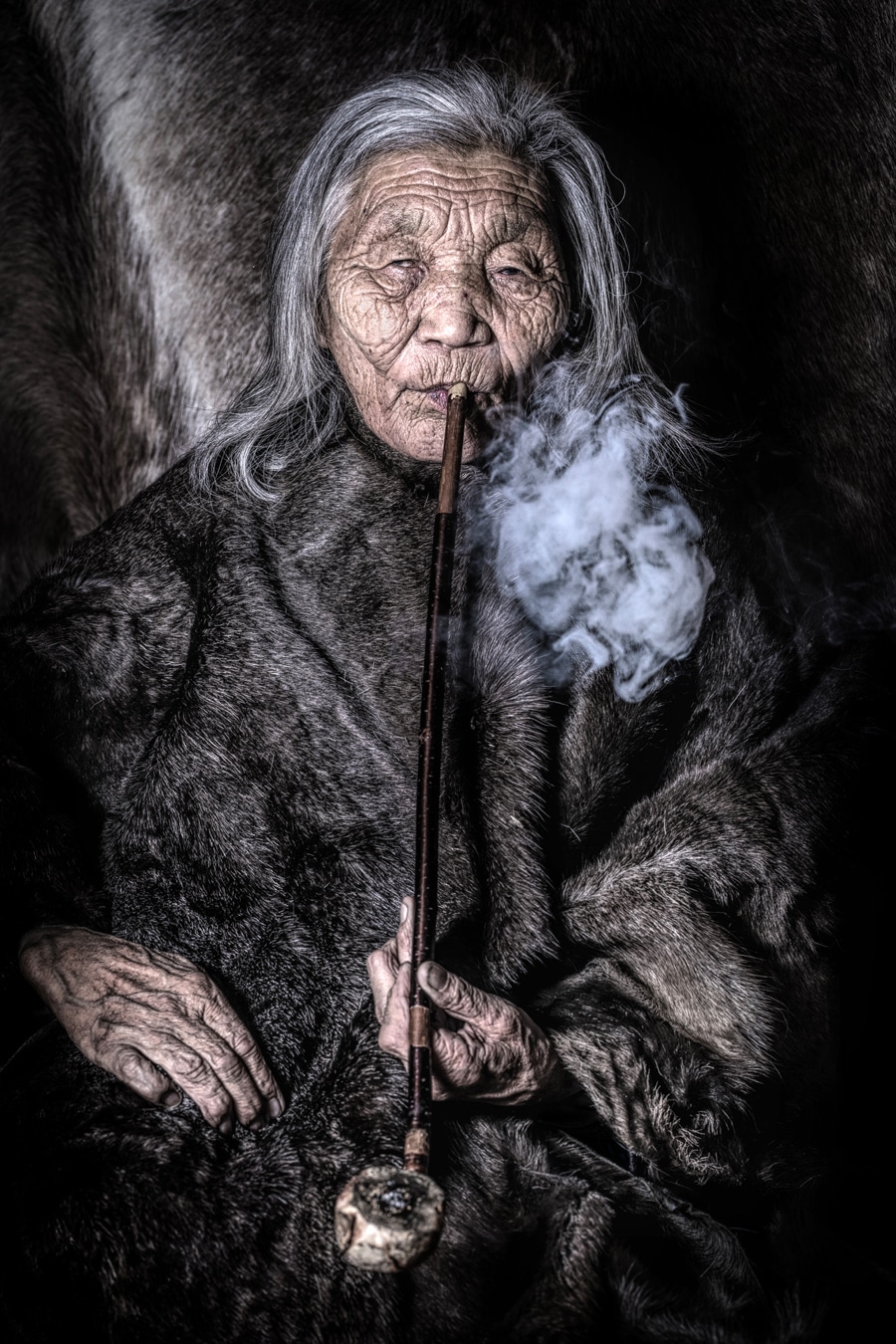
Dukha woman. © Alexander Khimushin / The World In Faces
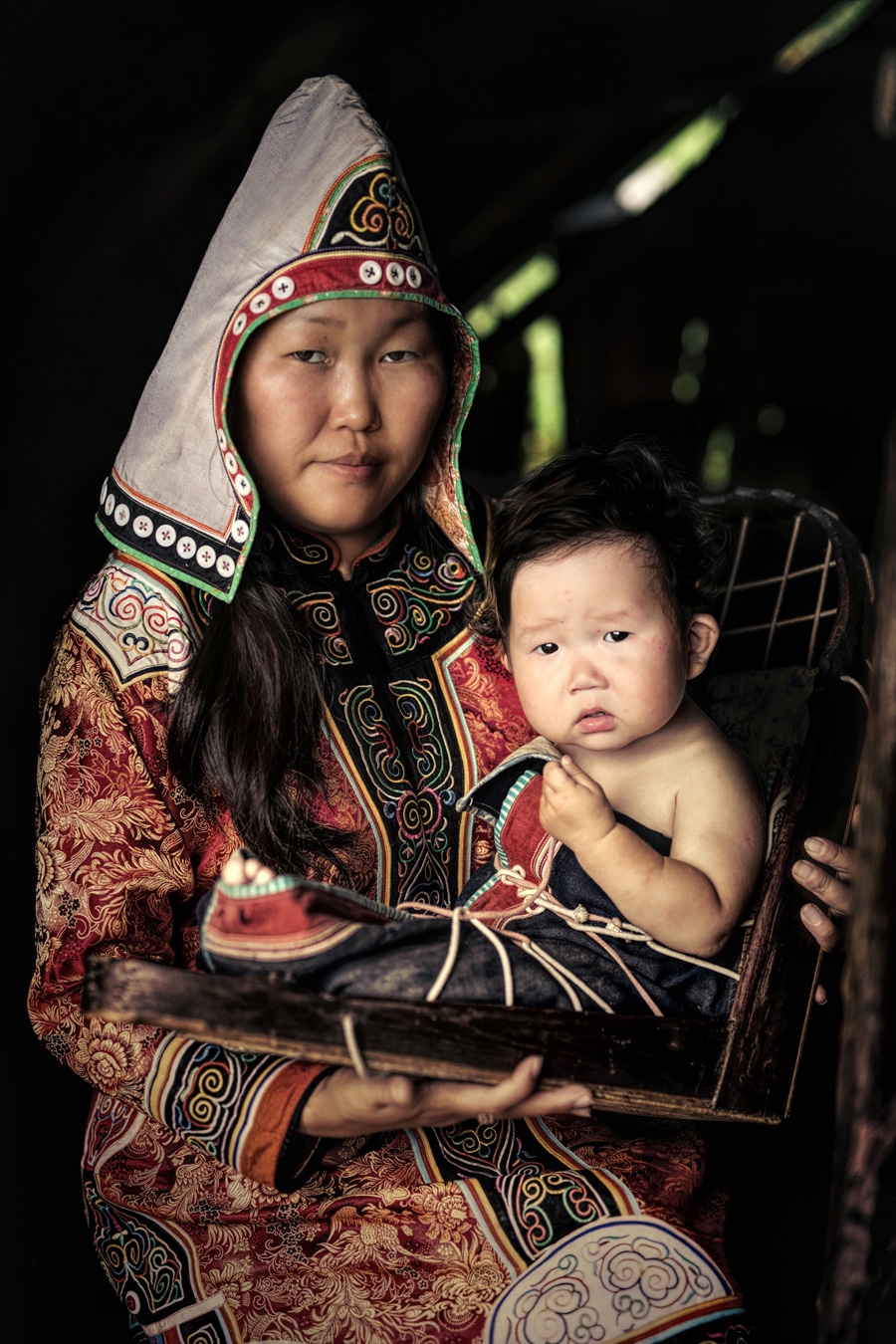
Udege woman with child. © Alexander Khimushin / The World In Faces
I also found myself exploring the depths of each country's ethnic kaleidoscope. For example, I have just completed the Mongolian leg on my journey. While I had been there already some years ago and took some photos of Mongolian people at that time, this time I spent months, and learned that there are about two dozens of different ethnic minority groups of Mongols. While they are not officially recognized as different nationalities, for me they are. They have a difference in language, traditions, and costume.
These days most of these ethnic groups are blended with the main Khalkh Mongolian population and basically culturally disappeared, but I was able to visit and photograph them and some of the coolest traditional clothing I have seen in my life too! Again, no one really knows much about these ethnicities—even the locals—let alone the rest of the world. So, my next story will be about them! Stay tuned!
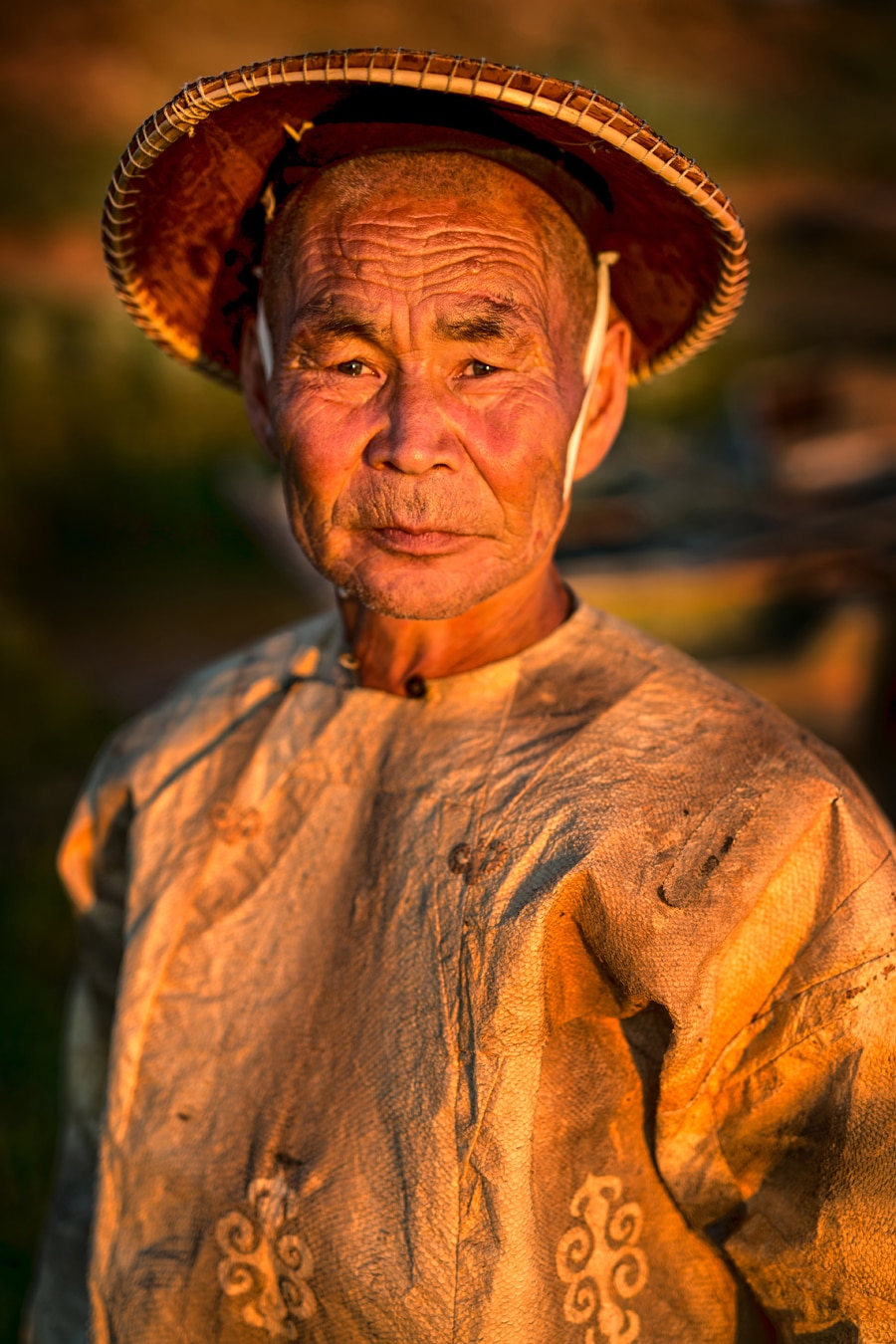
Ulchi man. © Alexander Khimushin / The World In Faces

Nanai man. © Alexander Khimushin / The World In Faces
Where do you see The World in Faces going in the future?
First, when the project went viral, there were some producers/promoters around, telling me: “Man! You have to grasp the opportunity. Let's do one country per week, take a “snap” of one or two people and move on. This way we can do 52 countries a year!” I said that I am not interested. It's not about going on a photo tour, not about “Let's get you on TV to host a travel show.” I don't care about those things. I will do it at my own pace, with a deep connection to the land and the people I am taking photos of. I have to live it, feel it under my skin—otherwise, it's just fake. I don't know where this project will finally take me, but it is a personal development journey for me as well.
I see there is a lot of interest to what I do on the global level. Later this year it will be an anniversary—10 years of my travels. I think it will be good moment to stop for some time and finally build a team of professionals willing and able to contribute their time and knowledge to The World In Faces, as it gets challenging to me to continue traveling and working on the project as well as organizing exhibitions, publishing a photo book (long awaited by my fans), communication with various organizations, and taking care of social media. Personally, I also would like to do some more work with the UN Human Rights, to contribute more of my time and effort to a better world.
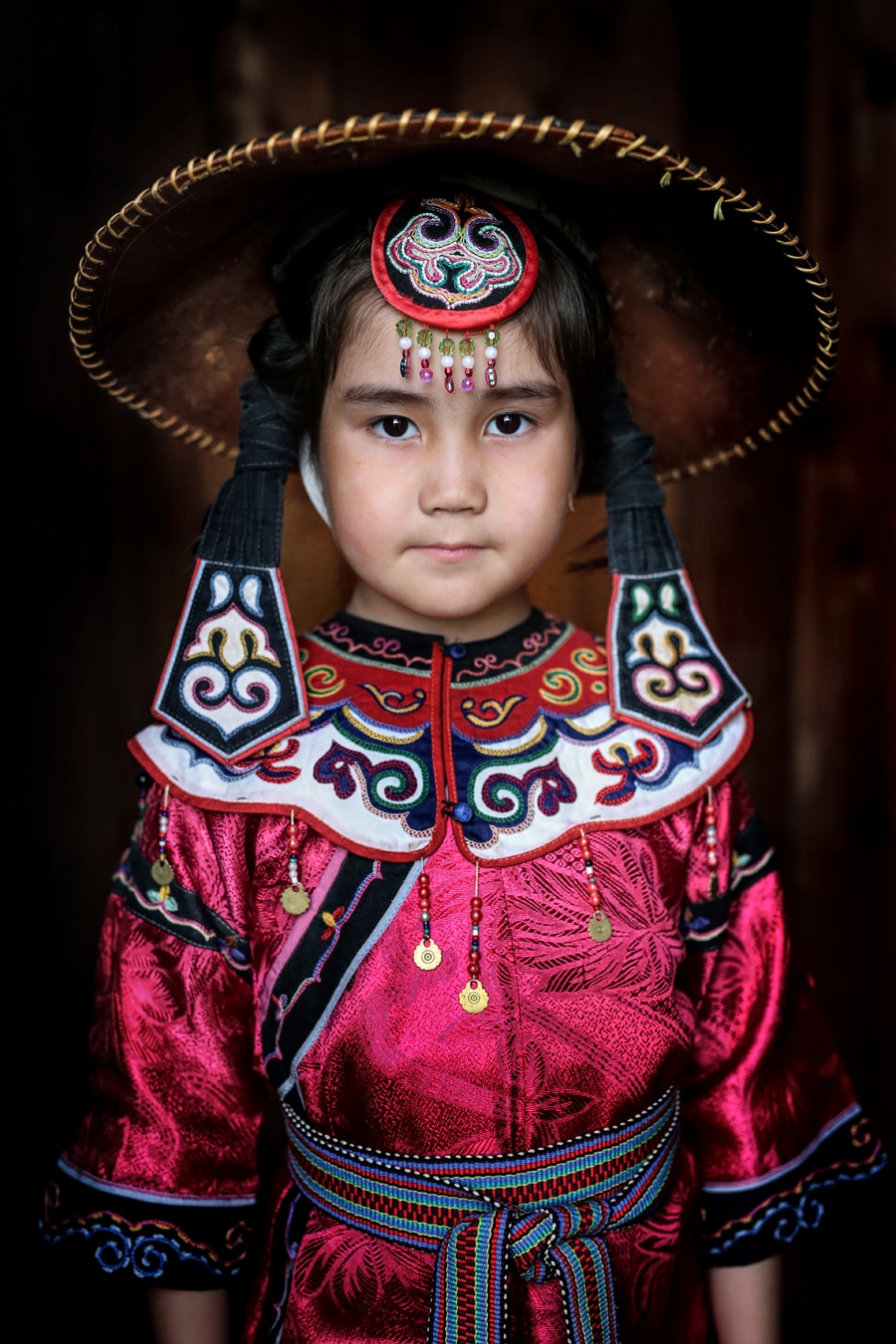
Ulchi girl. © Alexander Khimushin / The World In Faces
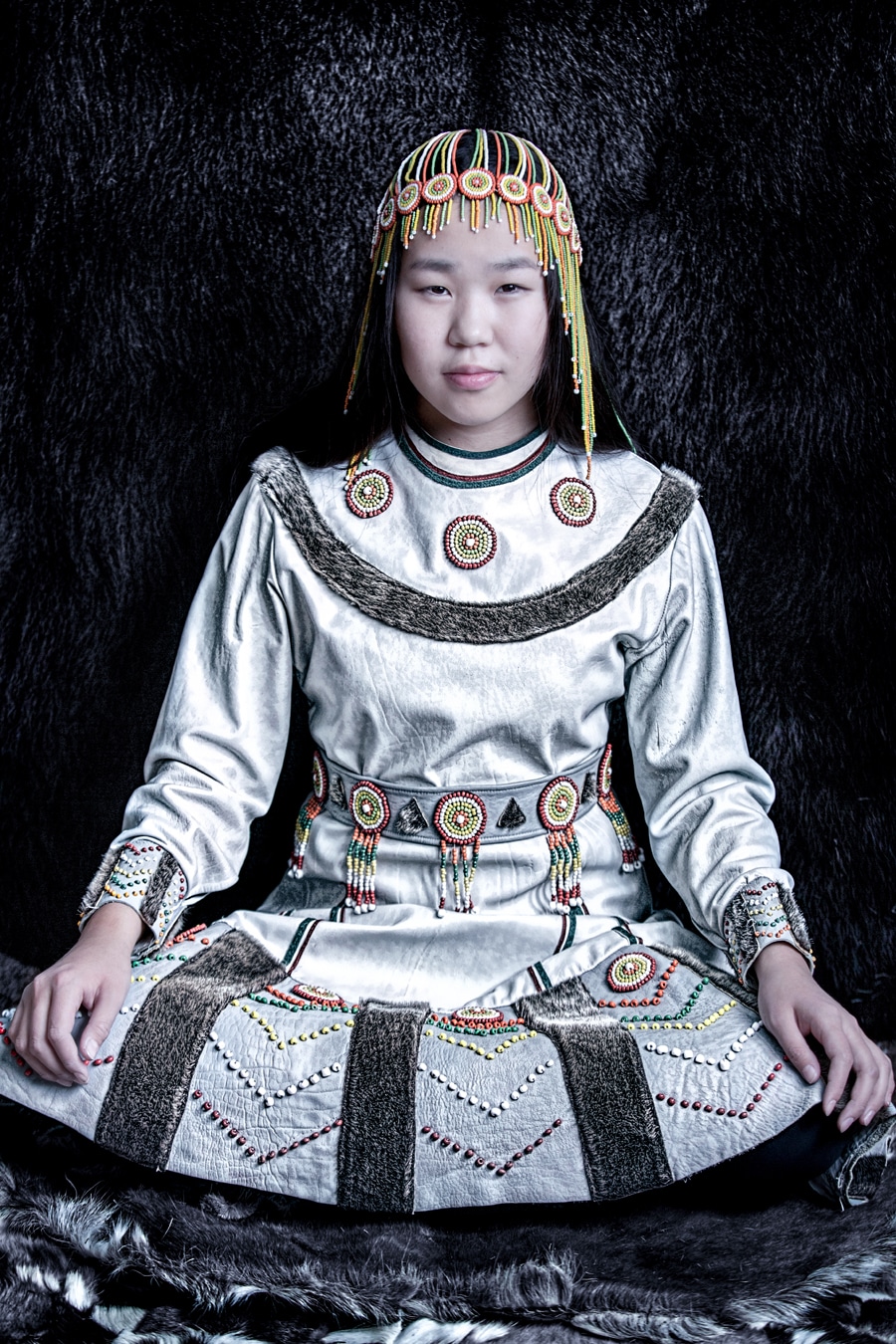
Chukchi girl. © Alexander Khimushin / The World In Faces
What do you hope viewers learn about Siberia and its culture from viewing your images?
Siberia is a part of my global photo project and my goals are not different if the photo portraits are taken in Siberia or anywhere else in the world. I would like the viewer to realize that while we are all different, we are all the same, sharing the same human values. Let's all respect our cultural diversity, love each other and live in peace.
Siberia is a home to 41 different ethnic groups. While these people have unique different cultures—many of them, unfortunately, rapidly disappearing—they remain largely unknown to the rest of the world. Since I was born in Yakutia, can speak the language, am aware of the cultural nuances and probably know more ways of reaching some of the most remote areas of the world, I feel that I just have to visit all of the ethnic groups of Siberia and show their proud faces and unique traditions to the rest of the world.











































































